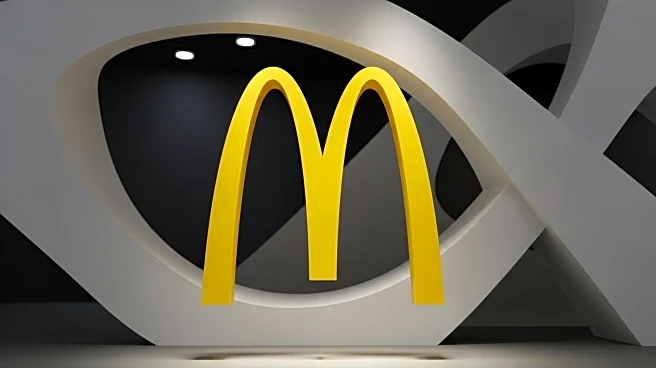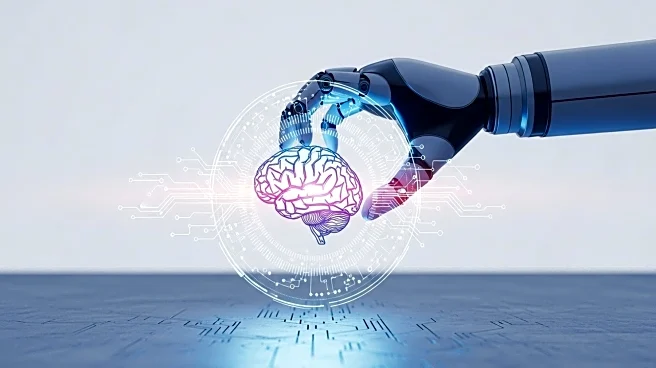What is the story about?
What's Happening?
McDonald's is undergoing a strategic realignment in 2025, focusing on automation and franchising to address systemic pressures in the fast-food labor market. The company reported a 3.8% increase in global comparable sales in Q2 2025, driven by digital innovation and value-based offerings. McDonald's is exiting non-core ventures, such as the Restaurant Group, to reallocate capital towards digital infrastructure and localized menu innovation. The labor model evolution includes deploying AI-powered systems to improve order efficiency and partnering with Google Cloud and IBM for real-time data processing.
Why It's Important?
This strategic shift is significant as it positions McDonald's to lead in a labor market increasingly shaped by automation and standardized wage practices. The company's focus on automation and AI integration signals a growing demand for technology solutions in the fast-food sector. Investors may find opportunities in AI-driven labor analytics and franchisee support platforms. McDonald's approach to flexible labor models, including partnerships with AARP, aligns with broader industry trends towards gig economy platforms, potentially addressing labor shortages.
What's Next?
McDonald's plans to open 2,200 new restaurants in 2025 and 10,000 by 2027, leveraging its franchise model for efficient scaling. The company is experimenting with non-traditional recruitment strategies and navigating regulatory changes, such as the NLRB's proposed joint-employer rule. As McDonald's continues to redefine its labor model, the broader industry may follow, creating opportunities for innovation and investment in AI-driven operational tools and gig economy platforms.
Beyond the Headlines
The strategic realignment reflects McDonald's preference for transparent, non-tipped labor models, diverging from traditional industry norms. This approach may face challenges, such as regulatory shifts and potential pushback from employees concerned about job displacement. However, McDonald's emphasis on balancing technology with human-centric roles suggests a measured approach to automation adoption.
AI Generated Content
Do you find this article useful?














